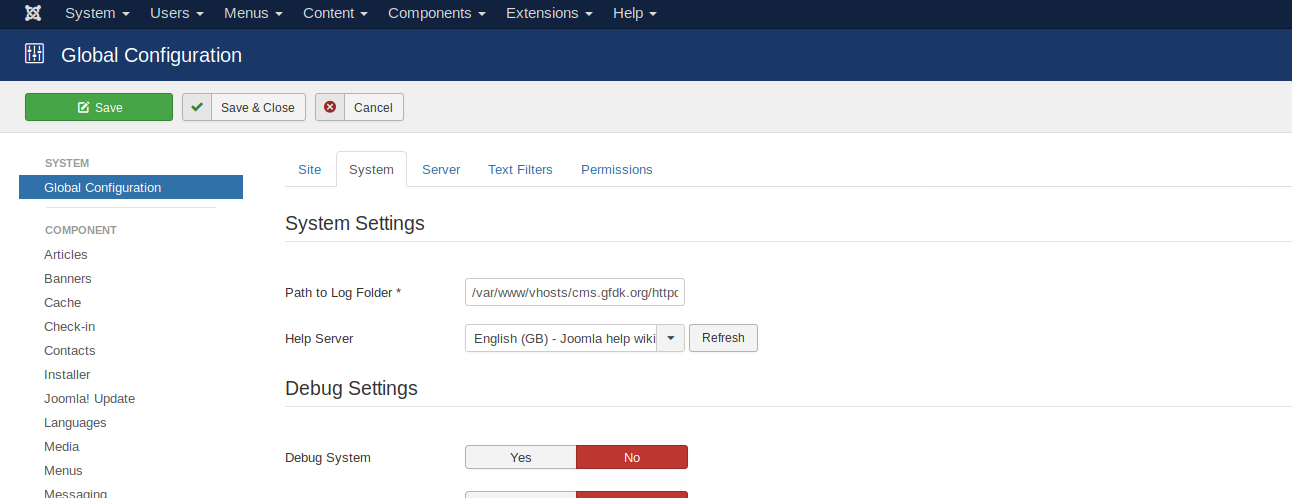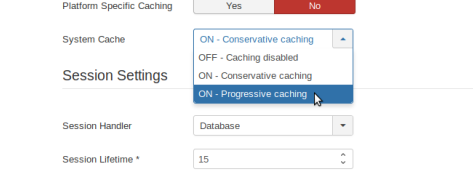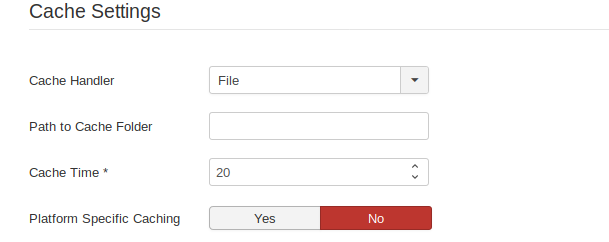Do you know that the right Joomla cache settings can speed up your website?
The caching mechanism shows the stored view of web pages rather than pulling them from databases every time.
Joomla cache settings is an awesome option to set cache and improve the loading speed.
At Bobcares, we often get requests from our customers to configure Joomla cache settings as part of our Server Management Services.
Today, let’s get into the details on how our Support Engineers configure Joomla cache settings and fix the website loading problem.
Why Caching and How it works?
Before entering the configuration of Joomla cache, let’s discuss in detail about cache and its working.
Basically, Caching is the process of storing something temporarily. Here, website pages has been stored temporarily to increase the accessing speed.
By caching, the communication speed between a web browser and a web server accelerates.
A website can show up more quickly as there is no need to connect to the database frequently. By default, Joomla doesn’t cache any content. However, when we enable caching it only stores the view files in the cache file folder.
Joomla mainly offers three types of caching such as Page caching, Conservative caching, and Progressive caching. By using that, we can easily speed up the Joomla websites.
Let’s now see how our Support Engineers help the customers in configuring the Joomla cache.
How to configure Joomla cache settings?
At Bobcares, where we have more than a decade of expertise in managing servers, we see many customers approach us for configuring Joomla cache settings.
Now, let’s see how our Support Engineers help the customers in configuring Joomla cache settings.
Joomla Cache settings
Recently one of the customers approached us for configuring the Joomla cache settings to improve the speed of the website.
1. Initially, we logged in to the Joomla admin page of the customer with the provided login details.
2. Thereafter, we accessed the following path:
System > Global Configuration > System
Then the following page appeared.

On this page, we could see an area called Cache Settings with these three options. According to the requirements of the website, we selected the desired one.

Caching disabled: This option will disable all the caching on our website
Conservative caching: This is the most preferred and standard type of caching. Here, when a request comes, Joomla checks the cache directory for the non-expired version of the page. If found it will server that else Joomla will create a new cached version of the page and serve to the visitor. The same cached version had served to the coming visitors till the cached version has been expired.
Progressive caching: This takes a snapshot of each unique set of modules on a page, so many modules have been cached at once. This affects all modules and overrides any cache settings inside individual modules. Progressive caching is better for static sites that don’t update very often.
Cache handler
Next, we set the cache handler. To access the cache handler we followed the path below.
System > Global Configuration > System

The default option for the cache handler is File. The other option is the commmonly used Memcache. Note that for using anything except the File option, we must have an appropriate PHP extension installed. That is, to use memcache, the server should have the PHP Memcache extension.
Cache time in Joomla cache settings
In addition, one of the important settings is the cache time. We can set it in the same page System > Global Configuration > System.
If the website is more dynamic, our Support Engineers recommend to use less time gap to caching. That means if we set as 20 min then the page will only appear to change every 20 minutes. When the website updates more rapidly, then change this to a smaller time. If the website got rarely updated then a larger time gap is made larger.

Page cache
The page cache can also increase the speed of the website.
We access Extensions > Extension Manager, here we selected the plugin System – Cache.

We can then enable the plugin to enable the page cache. We Clicked the red cross button to switch it on.
Hence, by using those options, we help the customers to set up easily the cache for their Joomla website and make their website faster than the previous one.
[Need any assistance with Joomla cache settings? – We’ll help you]
Conclusion
In short, the Joomla cache settings accelerates communication speed between a web browser and a web server. Today, we saw how our Support Engineers help the customers in configuring the Joomla cache settings.







0 Comments